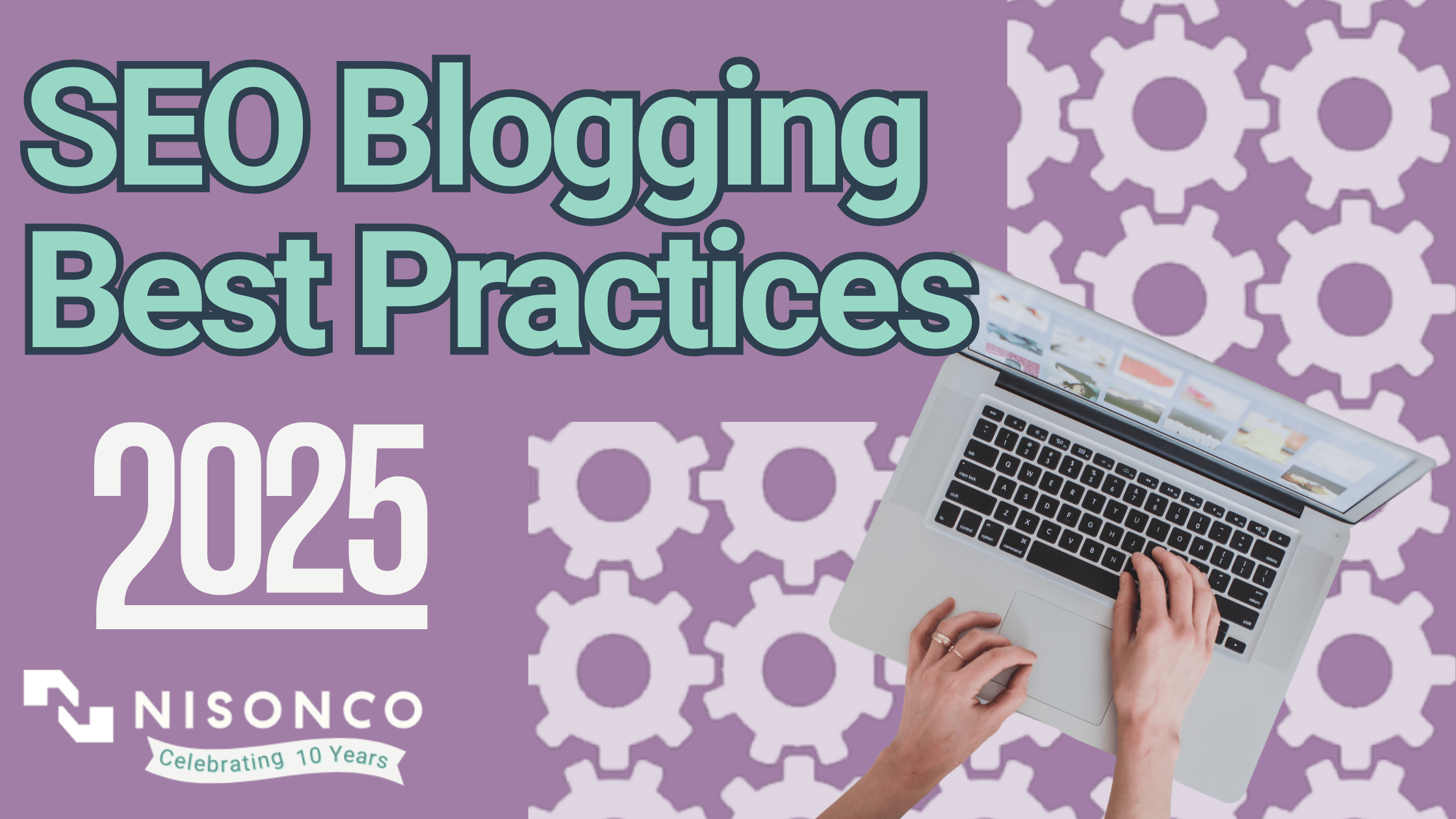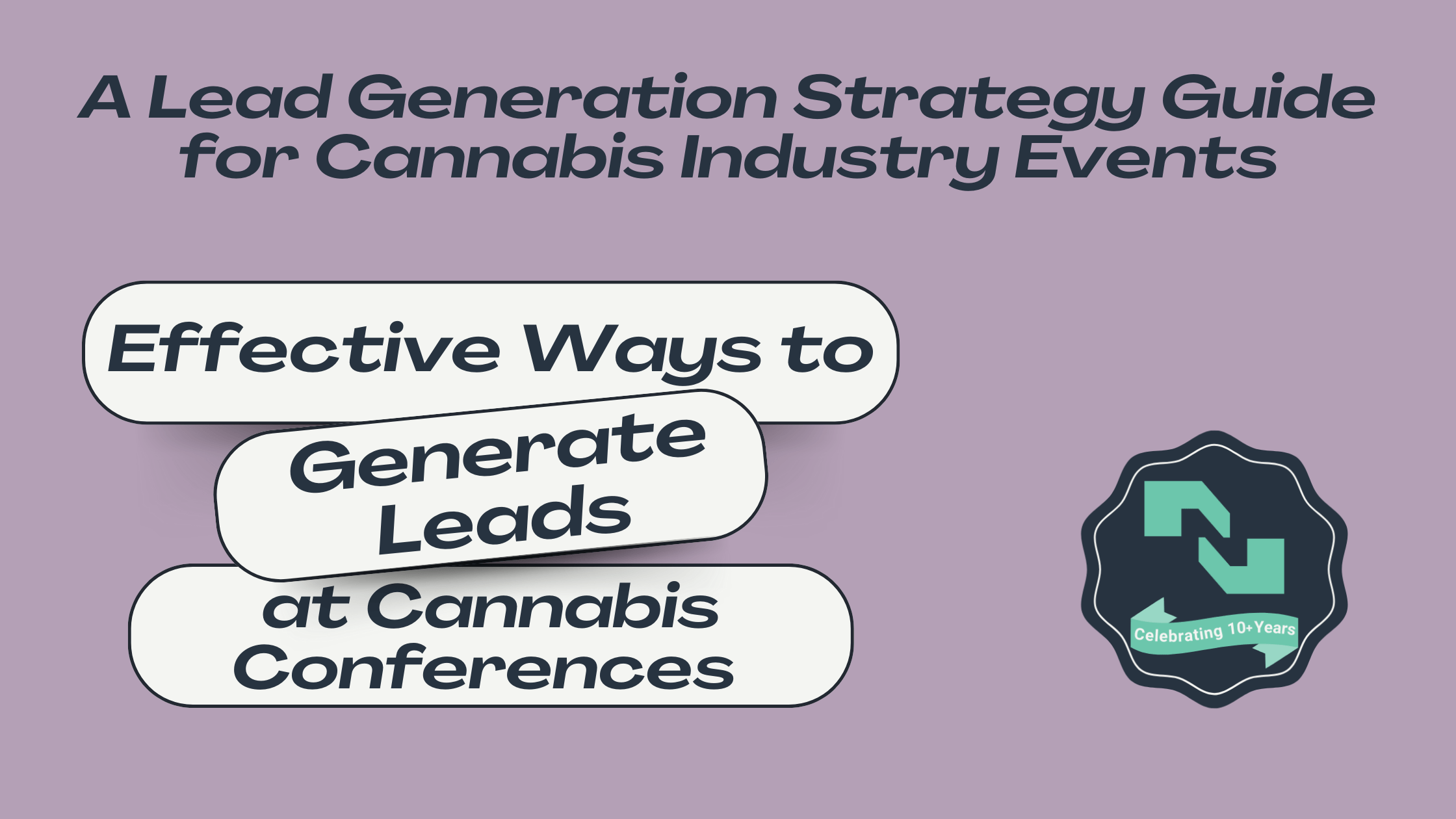What is lobbying?
Have you ever wanted to change or create a policy or law, but are unsure what steps to take to begin? If so, you may be interested in learning how to lobby.
Lobbying is an action taken by activists or groups that are meant to persuade lawmakers into taking a given idea and turning it into law. Oftentimes, we think of lobbying as something only large groups of people can do, but anyone can actually influence the government to turn action into policy.
Why do we lobby?
We lobby for drug reform. Our team members have extensive experience advocating for cannabis legislation reforms and other key drug policy measures in governments across the world. We also amplify key issues like cannabis reparations and elevate voices of cannabis activists in need of support, but we would be unable to do this work without first having a fundamental understanding of the lobbying process.
NisonCo founder Evan Nison and Account Manager Lucas Wentworth spent time this year lobbying for an addition to the Good Samaritan Law in New York, which would expand important harm reduction education within the New York State Public School system. Due to this dedicated time lobbying, the Good Samaritan legislation was introduced into New York State’s legislature earlier this year. You can read more about what the bill entails here. We pulled together Evan’s 5-step methodology to lobby effectively and followed up with a Q&A with Lucas to pull back the curtain on the lobbying process.
Evan Nison: 5 Steps to Turn an Idea Into a Law
- First, it’s important to have an idea of something you want to become a law. More often than not, it doesn’t have to be an original thought. Oftentimes, the most effective thing you can do to further a cause or mission is to help spread someone else’s good idea. If you’ve been having trouble thinking up a particular idea, scope out previously introduced bills to find one that you can get behind and reinvigorate.
- After you come up with an idea, dedicate time to research similar bills and laws in your state or municipality, as well as others. It can be helpful to gauge who has supported similar legislation in your state and reach out to relevant groups to your cause to raise awareness and garner support from other constituents.
- Now that you’ve spent time doing preliminary research, it’s time to put together a proposal. This proposal centers your ideas and does not have to be professionally written, but should come fully supported with relevant articles, studies, and cohesive examples from other regions, states or countries that have enacted similar legislation.
- Do you have your proposal organized? Let’s submit it! Put a list together of the top 10 legislators you’d like to work with and begin requesting meetings with their offices one by one until you find a sponsor. Public contact information can be found for elected officials via this government website.
- Once you have a sponsor and the bill is introduced, schedule regular meetings with them. Your sponsor(s) will be able to let you know who to meet with and lobby. Be sure to continue with follow-up meetings and correspondence to keep pressure on legislators and keep conversations going around your topic. If the task of follow-up feels like too much time/work for you to dedicate, consider turning to sites like Crowdlobby to help with crowdfunding a lobbyist to do the heavy lifting and day-to-day work of your cause.
What is it like to lobby? Lucas Wentworth Q&A
Account Manager Lucas Wentworth shares his personal experiences of lobbying.
Kelly Ebbert: What is one thing you wish you knew before lobbying for the first time?
Lucas Wentworth: One thing that I didn’t quite realize before this is it could potentially take years and multiple legislative sessions to garner enough support to pass a bill.
KE: Are there different methods of lobbying? Do you have a favorite?
LW: I can only really speak to what I have direct experience with, which is direct lobbying. Direct lobbying is effective, as it allows people to speak directly to power about their concerns and desires. Certainly, for those passionate folks who want to feel like they’re in the driver’s seat, direct lobbying is a lot more satisfying and validating. There is also indirect lobbying, or grassroots lobbying, which is when an interest group or groups promotes a certain narrative to the general public, who then contact their legislators demanding action on the issue.
KE What got you interested in lobbying?
LW: It wasn’t so much interest in lobbying as a practice or profession as it was just having an idea for a law, and having enough passion to try making the idea a reality. Evan Nison was instrumental in identifying a legislator who would be into the idea and getting the initial meetings set up. He has also been guiding me through the lobbying process which is very helpful.
KE: What are three qualities you need to be good at lobbying?
LW: It boils down to this: Passion. Patience. Persistence.
Lobbying is critical to today’s democratic process. If you have an idea for a bill you think should become a law, reach out to us! We’d be delighted to talk through strategy with you. We also offer pro bono services to action-oriented advocacy groups. Learn more about our pro bono program and how you can apply here.



